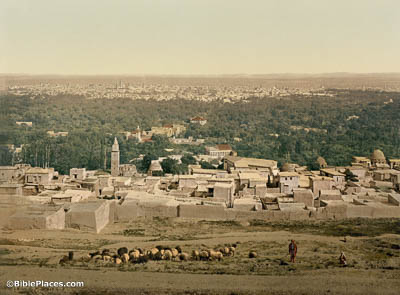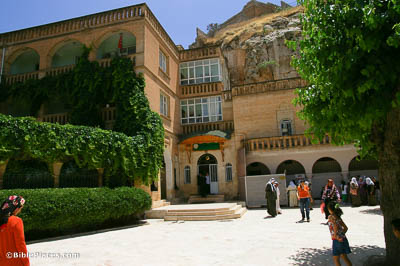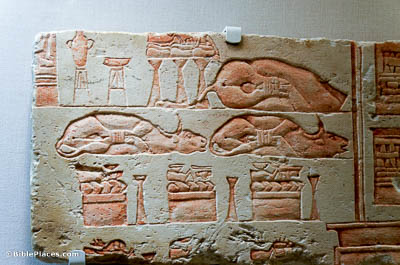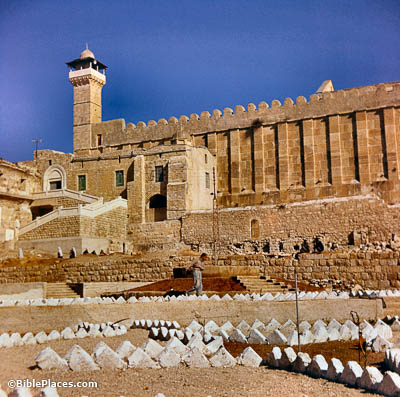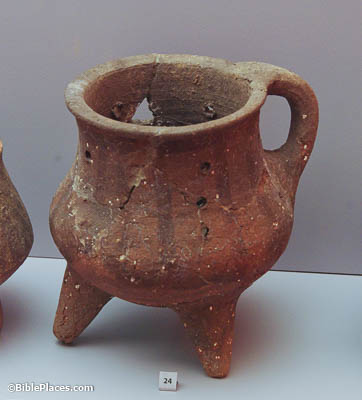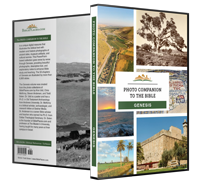The heir of my house is Eliezer of Damascus (Genesis 15:2).
This is the first reference to Eliezer, although Damascus was mentioned in the previous chapter (Gen 14:15). It seems that since Eliezer was set to be Abram’s heir, Eliezer would have been serving Abram for a lengthy period of time. This is confirmed by the subsequent statement that Eliezer had been “born in my house” (Gen 15:3). This photochrom image of Damascus was taken in the 1890s.
